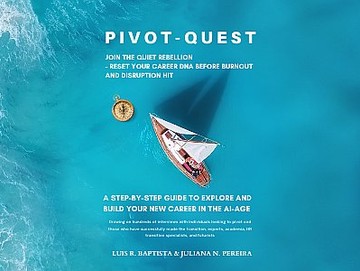By Leigh Shine

Self-publishing is a growing, thriving market. Breakout successes are coming with greater frequency and weight, and more and more people are thinking to do away with the time-consuming and frustrating process of submitting their writing to traditional publishers.
BUT, print books and traditional publishing are certainly not dead. While self-published “indie” books are taking over the digital book market (especially in certain power-genres, as I explored in an article last week), traditionally published books still overwhelmingly dominate the physical market, as well as nearly half of the digital market. And with some Big Five publishers creating digital-only imprints, such as Random House’s Hydra imprint, this may even grow.
Traditionally published books still overwhelmingly dominate the physical market, as well as nearly half of the digital market.
Still, in a world where the traditional publishers are demanding more and more author-fueled marketing, and where you can self-publish in less time and for greater royalties, why go the traditional route?
Age-Old Benefits
Traditional publishing is embedded with incredible opportunity that, though self-publishing is lucrative, cannot be duplicated. For one, traditional publishers have long acted as the gatekeepers of the writing world: and going through the traditional process can lend instant legitimacy to your work. Especially in a market flooded with indie books that, honestly, often lack the professional editing and writing that is supposedly ensured by traditional publishers, traditionally published books stand out against this sea of material.
The gatekeeper effect is not only for readers, however. Authors everywhere seek the approval of publishers because it gives affirmation of their skill and is a sign that their time and effort has not been dedicated in vain. There’s no shame if finding this approval helpful before continuing to pour personal energy and resources into writing.
Traditional publishers are also the best way, hands-down, to get your book into brick-and-mortar stores, both independent and big-box like Barnes and Nobles. Not only is self-publishing a sea of material not worth wading through for bookstores, but their buy catalogues are almost exclusively populated by traditionally-published works that have been professionally edited and (for the most part) marketed, and are likely to sell well. Traditionally published books almost always end up in a physical store, even if only for a short time.
The traditional route also ensures you have an expert team of editors, designers, marketers, and printers that have the resources to train up your manuscript into fully published glory, and then do full printings of it to sell all over the nation, and even abroad. Publishers and agents also offer access to an international market and professional translators that has tempted even wildly successful self-published authors, such as Hugh Howey. That’s right: even the success stories of self-publishing are tuning in to the benefits of traditional publishing, oftentimes by selling international or physical distribution rights of their books to big publishers.
The traditional route also ensures you have an expert team of editors, designers, marketers, and printers. Is your book worth it?
The Genre Factor
And in regards to the indie or traditional route, some genres seem not to have much of a choice. Non-fiction, especially educational texts, almost always require a publisher that has the connections to sell the book, and the resources to edit the information professionally and do large printings. With non-fiction the traditional route is also much faster: there is lesser need to have a completely finished and edited manuscript when querying. Many simply query with an outline and a sample chapter or two, and the publishers’ best interest is to get the book on the market faster.
Literary fiction is another genre that does much better when published traditionally. In an interview with Jane Friedman, Vicky Bijur notes that “Literary fiction is still review-driven; even though the traditional review media are shrinking, it is still really important to catch the attention of traditional critics, and I think it’s very hard for e-book originals to do that.” Also in that interview, Ayesha Pande observes what she sees as a bias for print books by readers of literary fiction. She also says that, regarding self-publishing as a whole, “writers are frequently not the best promoters of their own work. There is a skill set required to publish a book and effectively promote it, and most writers I know, who happen to write mostly literary fiction, simply don’t feel qualified to do that.”
Children’s books, especially illustrated ones (and of course coloring books, along with the new adult coloring book fad that has to an extent revived print media’s sales) need to be printed professionally and expensively, especially those employing color (i.e. most of them) and would do better published traditionally. Another genre where it might be in the best interest for authors to traditionally-publish is mystery: a best-selling genre in traditional publishing, which might have to do with professional marketing efforts.
If you choose to go the traditional publishing route, know that though it takes time, with a good manuscript and a little luck you may find a publishing deal at the end of it that puts your book on shelves and spreads your work farther than you could have yourself: and without the personal financial and entrepreneurial investment self-publishing requires.

